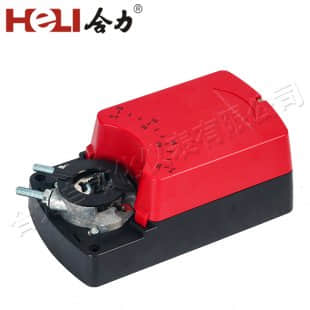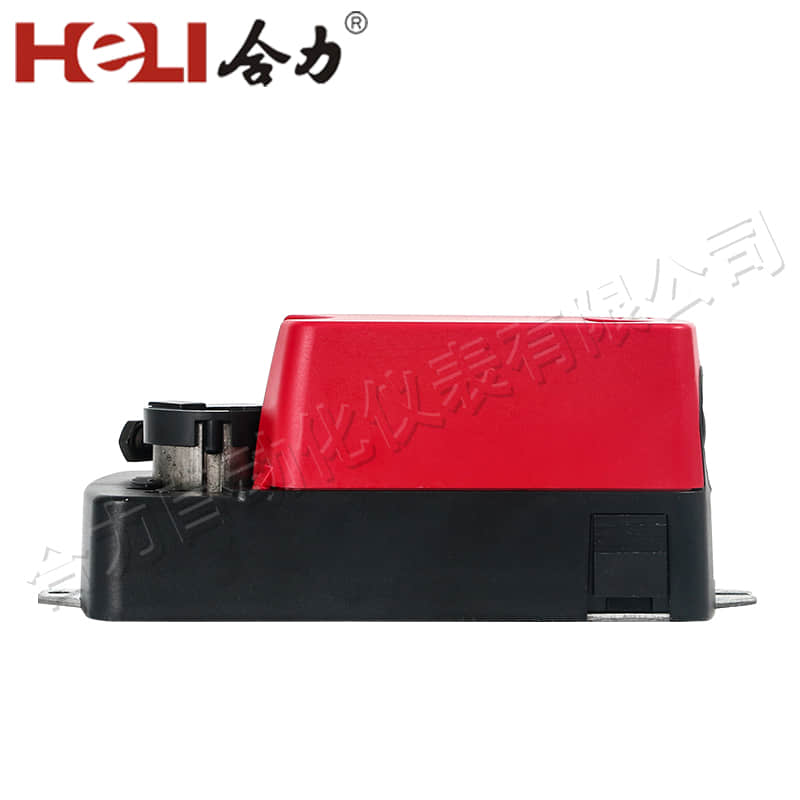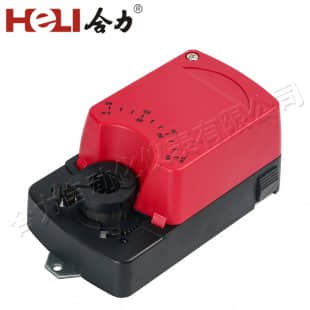understanding damper actuators: essential components for hvac systems
Release time:2024-12-07 23:45:20
Damper actuators play a critical role in the effective operation of heating, ventilation, and air conditioning (HVAC) systems. These devices are responsible for controlling the flow of air within ducts, ensuring that the environment within a building remains comfortable and energy-efficient. This article delves into the function, types, benefits, and considerations of damper actuators, providing a comprehensive overview of their importance in modern HVAC applications.

What is a Damper Actuator?

A damper actuator is a mechanical device that opens or closes a damper, which is a movable plate installed in an air duct. The primary function of a damper is to regulate airflow, redirecting air to specific areas or preventing it from flowing altogether. Damper actuators are typically controlled by a thermostat, building management system (BMS), or manual controls, allowing them to respond to the heating and cooling needs of a space dynamically. How Damper Actuators Work




